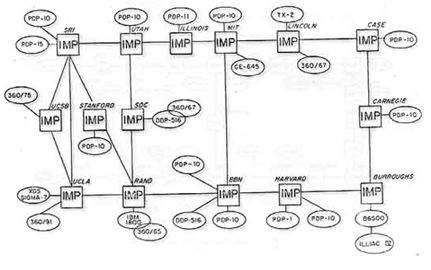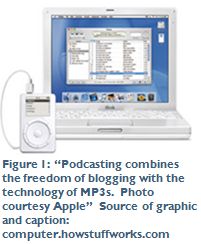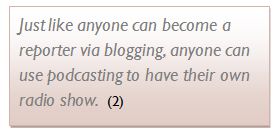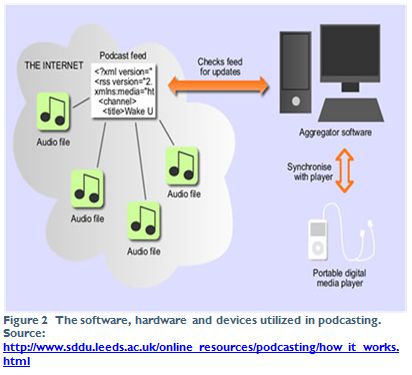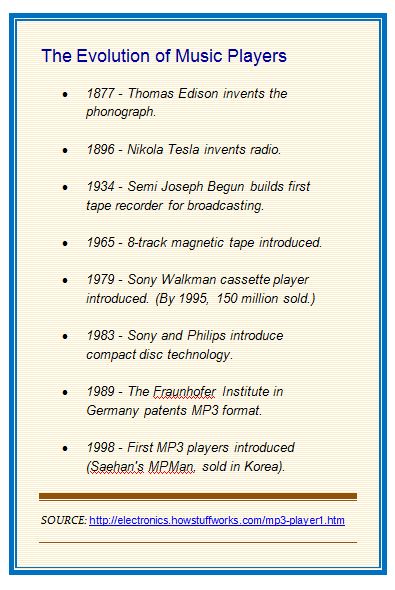Chile has a fast growing market-oriented economy characterized by a high level of foreign trade – exports account for 40% of GDP, with commodities making up some three-quarters of total exports.
Its capital city, Santiago, is popular with tourists. 88% of Chile’s population is urban, and 25 Chilean cities have populations of over 100,000.
Despite substantial improvements in living standards and a GNP per capita of $10,108 in 2008, some 13.7% of Chileans live below the poverty line, with many millions precariously just above it. The distribution of income is among the most unequal of any country in the world, and upward social mobility is scarce. The middle class, as well as the poor, remain highly vulnerable to shocks.
The United States and Chile Free Trade Agreement (FTA) has been an impressive success, stimulating and supporting trade between these two nations since January 1, 2004. 90% of U.S. exports to Chile have been duty free since the agreement was signed, with the rest to be phased out by 2015.
More information on exporting to Chile and other South American countries is available here, and from the sites listed below (which were the sources of information for this article).
- U.S. Department of State’s Country Commercial Guides on each country. In about 100 pages, each guide covers these topics: Doing Business in <name of country>; Political and Economic Environment; Selling U.S. Products and Services; Leading Sectors for U.S. Export and Investment; Trade regulations and Standards; Investment Climate; Trade and Project Financing; Business Travel; Contacts, Market Research and Trade Events; and Guide to Our Services.
- The CIA’s World Factbook Information here is updated bi-weekly and includes summary an statistics regarding the geography, people, government, economy, communications, transportation, and military of each country as well as a summary of “transnational issues.”
- The World Bank’s Country Briefs These reports begin with encyclopedia-like sections of Quick Facts, General Overview, and Economy and also contain thorough information on development programs and progress.
- Michigan State University’s globalEDGE website. The homepage describes the Country Insights pages as, “…your source for statistical data for 201… In addition to statistics, historical, economic, and political conditions are available”.
- UHY International’s Doing Business Guides (by country) UHY is an international business advisory, consulting and accounting network, with teams operating across 211 offices in 72 countries worldwide. This guides include nut and bolts information about the business environment, foreign investment, setting up a business, labor, taxation, accounting and reporting.
Related articles
- Exporter’s Intro to South America (elizabeththeblogger.wordpress.com)
- Exporter’s Intro to Chile (elizabeththeblogger.wordpress.com)
- Exporter’s Intro to Venezuela (elizabeththeblogger.wordpress.com)
- Exporter’s Intro to Colombia (elizabeththeblogger.wordpress.com)
- Exporter’s Intro to Brazil (elizabeththeblogger.wordpress.com)
- Exporter’s Intro to Peru (elizabeththeblogger.wordpress.com)
- Exporter’s Intro to Argentina (elizabeththeblogger.wordpress.com)





